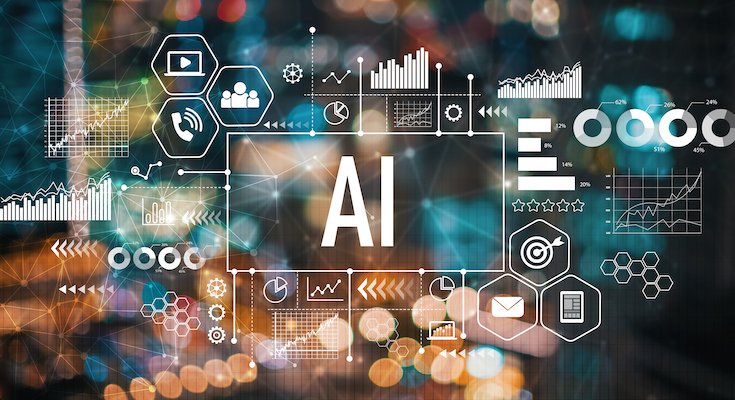AI Regulation in 2023
There is no doubt that Artificial Intelligence technology will shape this era. And as history shows, adjustment to new technologies, and regulations surrounding its use, are slow to adjust to the new ways of life and challenges they create for people. So where do regulations on AI stand today and what can we expect to see in terms of AI regulation this year?
AI Defined
Topics typically encompassed by the term “AI” include machine learning, computer vision, natural language processing and understanding, intelligent decision support systems, and autonomous systems, as well as the novel application of these techniques to various domains. Given that the application of AI is seemingly endless – military, law enforcement, art, music, writing, fashion, corporate recruitment, driverless cars – and continues to infiltrate industries at a rapid pace, it seems likely that every sector will be impacted by AI in some context.
United States and AI Regulation
In an effort to provide a coordinated program across the entire Federal government to accelerate AI research and application, The National AI Initiative Act of 2020 (DIVISION E, SEC. 5001) (the “Act”) became law on January 1, 2021. The stated mission of the National AI Initiative is to “ensure continued U.S. leadership in AI research and development, lead the world in the development and use of trustworthy AI in the public and private sectors, and prepare the present and future U.S. workforce for the integration of AI systems across all sectors of the economy and society.”
The Act defined ‘artificial intelligence’ as a machine-based system that can, for a given set of human-defined objectives, make predictions, recommendations or decisions influencing real or virtual environments. Artificial intelligence systems use machine and human-based inputs to – (A) perceive real and virtual environments; (B) abstract such perceptions into models through analysis in an automated manner; and (C) use model inference to formulate options for information or action.”
The National Artificial Intelligence Advisory Committee (“NAIAC”), a new committee just formed in April 2022, has been tasked with advising the President and the National AI Initiative Office on topics related to the National AI Initiative. Supporting NAIAC is the National Institute of Standards and Technology (“NIST”), an agency within the Department of Commerce, which is charged with developing technical standards, aiding in AI policy development and conducting AI research. NAIAC is expected to play a pivotal role in how AI legislation is drafted and implemented, with Congress directing NAIAC to submit periodic reports of its findings and recommendations to both Congress and the President, with the first report being submitted in 2023.
Inventorship and Authorship in AI
On the intellectual property front, issues abound. Just recently the DOC, through the United States Patent and Trademark Office, announced it was seeking public comment on the application of AI in the innovation context so it can better handle, what is sure to be, the inundation of patent applications with AI technology components. The threshold question being how to treat inventions in which elements of machine learning contribute at the level of a joint inventor and whether the current state of the law provides patent protection for such inventions.
The U.S. Copyright Office recently decided the issue of whether copyright ownership extended to a 2D work created using AI when there is no human involvement in the creation. It affirmed its decision that no copyright protection was justified in that context. However, the question of whether a work created using AI and human collaboration, in which the contributions of the AI rose to the level of an “author,” remains an open issue.
In the meantime, at least 17 states in the U.S. have already introduced legislation to regulate AI in the public and private sectors. In 2022, we saw several dozen AI-related bills remain pending, and several states passing measures to fund further research in support of future AI-related legislation.
European Union and AI Regulation
In the European Union has taken a different approach, and already introduced legislation called “The Artificial Intelligence Act” which will likely see movement this year. If passed it will rank AI systems and applications according to their risk levels. Those that are categorized as an “unacceptable risk” would be banned entirely; “high-risk” systems and applications would be specifically regulated; and AI applications outside of those classifications would be largely free from specific regulations and compliance requirements.
Key Takeaway on What to Expect this Year in AI Regulation
So, where does that leave us today? 2023 is gearing up to see the adoption of the most AI legislation in history, so is it important that:
Business owners continue to keep apprised of their state’s legislation efforts if their business utilizes AI technology;
When innovating using AI tools, you should track which components of each invention are used with human involvement and to what extent; and
Users of AI should anticipate privacy and security requirements for products and services that use AI.
For more information about AI law, see our Technology & Data and Industry Focused Legal Solutions pages.



